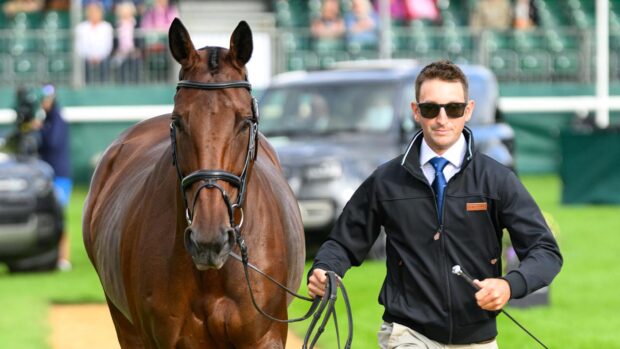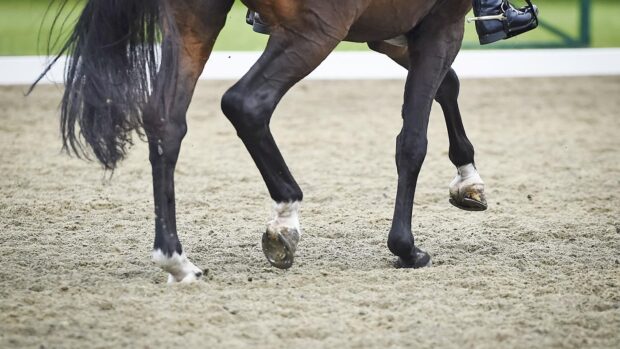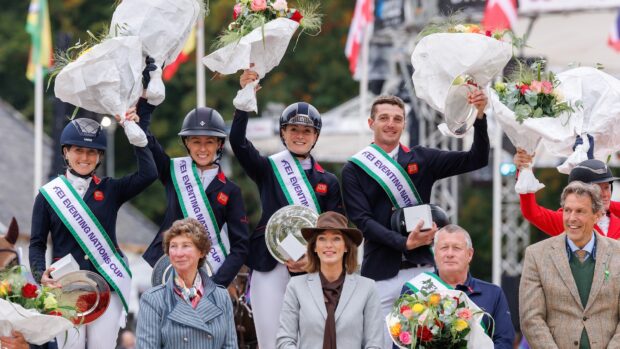Eventing is facing a shortage of cross-country days in 2005, according to BE fixtures co-ordinator Paul Elliott.
The worst shortfalls will occur in April, September and October, with the number of competitions falling short by 23, 29 and 21 days respectively. In view of the fact that membership levels are continuing to rise, 116 extra days will be needed.
Pre-novice and intro competitors look set to be worst hit, with competitors seeking runs in these classes facing a potential shortfall of 87 days of competition. The picture is slightly less dramatic for advanced and intermediate horses they are short of 17 and 15 days respectively while there looks to be a small over-supply for novices during the summer months, including seven days predicted in July.
While there were 344 cross-country days run at all levels this season (up 1.8% on 2003), 337 are currently planned for 2005, although Paul explained that BE is looking to ease the overcapacity by adding new events and extra days to avoid having to ballot.
The number of horses registered with BE jumped by 8.35% in 2004 to 11,391, compared to 10,513 during the previous season. Entries rose by 3% during 2004 to 68,215, while every competitors bugbear — balloting — was also
up, by 6.8% to 3,080.
Elliott outlined the initiatives that BE had put in place in an attempt to improve the fixtures dilemma. These included specific regional meetings, members surveys at events, a dissertation undertaken by the University of Wales, which had investigated where members are looking to run their Grade 3 horses, together with a survey run on the BE website.
The latter gleaned information on the desired competition pattern of more than 1,400 registered horses and found that competitors with advanced horses are prepared to travel up to 223 miles to an event compared to intro riders, who would want to drive no more than 91 miles. Ideal travelling distances were 54 and 42 miles respectively.
As for the ideal number of runs per year, those with advanced and pre-novice horses stated that they would be looking to run their horses 10 times in a season, intermediate horses 10.7 times, novices 11.3 and intro horses 7.9 times.
BEs target for 2005, continued Elliott, is to continue to keep open dialogue with regional directors, organisers and members and to continue to use IT in fixture planning and to look at ways of tracking horses through the points system.



